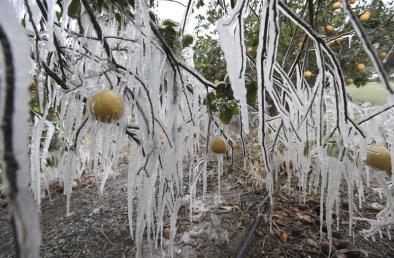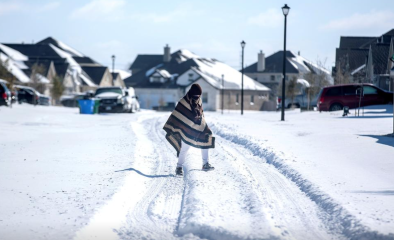Weakening of the stratospheric polar vortex by Arctic sea-ice loss
Study key findings & significance
- Arctic sea-ice loss and cold winters in extra-polar regions are dynamically connected through the polar stratosphere
- Decreased sea-ice cover during early winter months (November-December), especially over the Barents-Kara seas, enhances the upward propagation of planetary-scale waves with wavenumbers of 1 and 2, subsequently weakening the stratospheric polar vortex in mid-winter (January-February).
- The weakened polar vortex preferentially induces a negative phase of Arctic Oscillation at the surface, resulting in low temperatures in mid-latitudes.
Abstract
Successive cold winters of severely low temperatures in recent years have had critical social and economic impacts on the mid-latitude continents in the Northern Hemisphere. Although these cold winters are thought to be partly driven by dramatic losses of Arctic sea-ice, the mechanism that links sea-ice loss to cold winters remains a subject of debate. Here, by conducting observational analyses and model experiments, we show how Arctic sea-ice loss and cold winters in extra-polar regions are dynamically connected through the polar stratosphere. We find that decreased sea-ice cover during early winter months (November-December), especially over the Barents-Kara seas, enhances the upward propagation of planetary-scale waves with wavenumbers of 1 and 2, subsequently weakening the stratospheric polar vortex in mid-winter (January-February). The weakened polar vortex preferentially induces a negative phase of Arctic Oscillation at the surface, resulting in low temperatures in mid-latitudes.
Related Content




